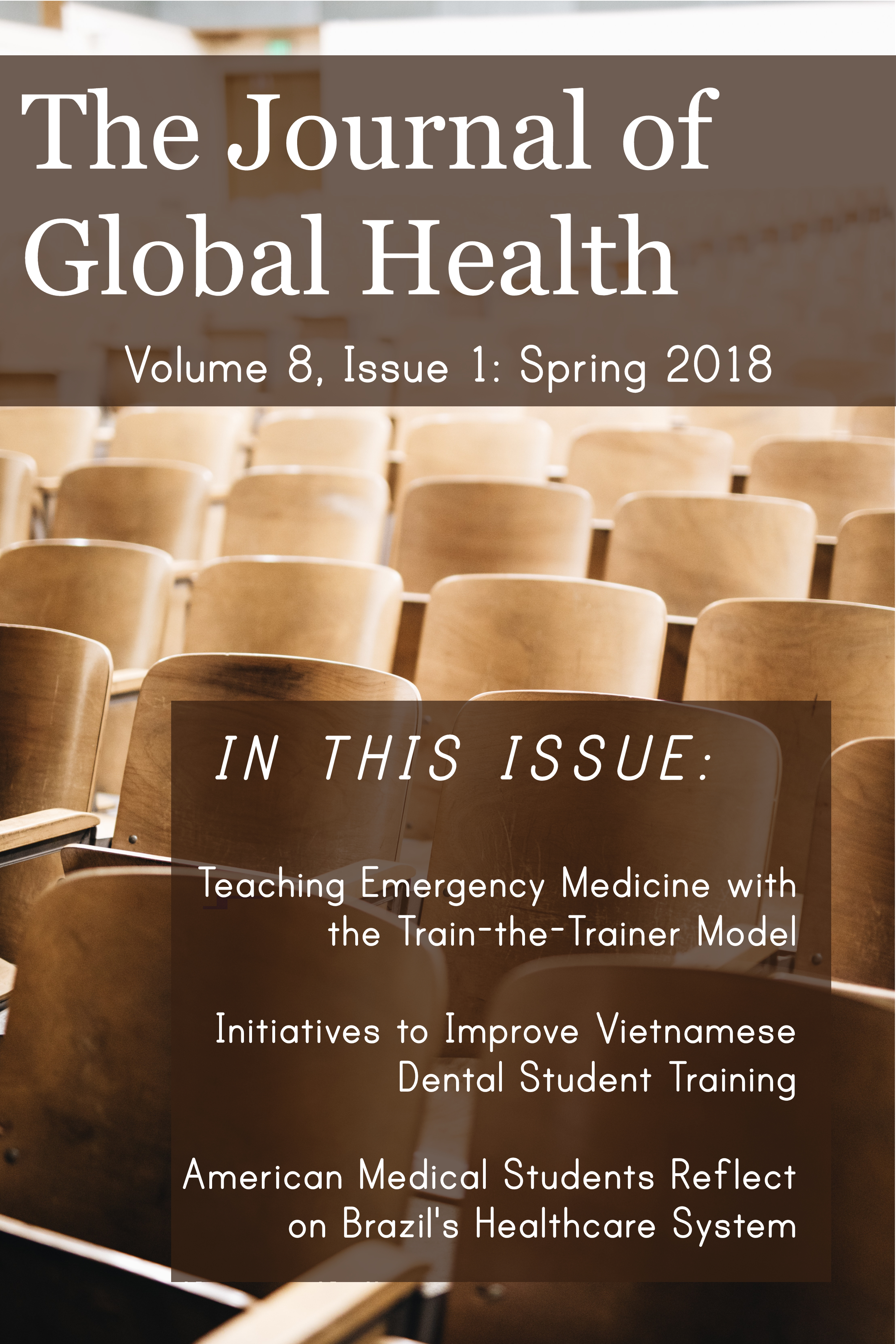Social Determinants of Health: Hazardous Consumption of Alcohol in Lusaka, Zambia
Main Article Content
Abstract
Early alcohol use can be a predictor of impaired health and long-term alcohol dependence and abuse; the detrimental effects are particularly acute for youth, who may be more vulnerable to alcohol-related harm than any other age group. In Zambia, 45.1% of students grades 7-10 exhibit problematic drinking, and 42.4% report drunkenness. Constructed in conjunction with the Zambian Ministry of Health, this study adds to the public health and epidemiological understanding of the Social Determinants of hazardous alcohol consumption, both within the city of Lusaka, Zambia and in conversation with broader global trends. In addition, as hazardous consumption of alcohol does not function solely as a health behavior, but also as an outcome and instigator of mental health challenges, this research contributes to local and global understandings of mental health. Based upon data from focus groups, extended site observations, semi-structured interviews and procurement of epidemiological data, this study theorizes five categories of Social Determinants of hazardous alcohol consumption: (1) Governance, (2) gender inequalities, (3) educational inopportunities, (4) stigmatization and (5) gaps in healthcare service and delivery. These categories shape hazardous alcohol consumption, yet also present avenues for structuring interventions. Though many challenges exist in implementing interventions, future research and policy must consider this interaction between mental and physical health and the surrounding social, political and economic environment.
Article Details

This work is licensed under a Creative Commons Attribution 4.0 International License.

